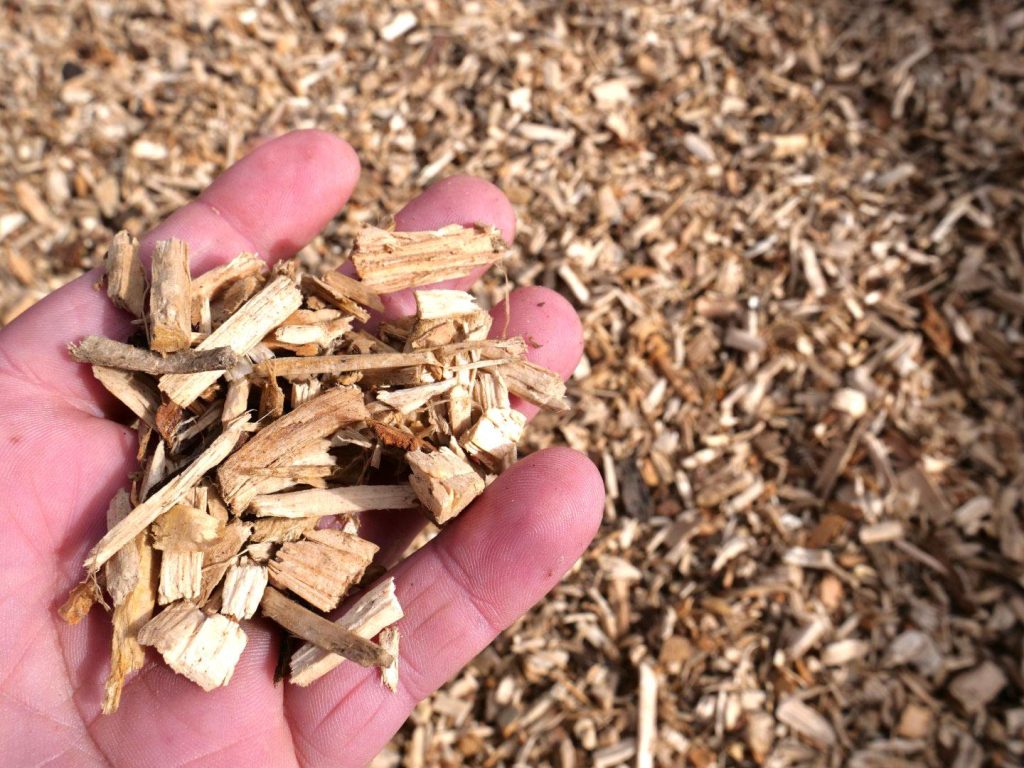The Global Wood Chips Market is expected to experience significant growth between 2023 and 2028, with a CAGR of 7.80%. In 2022, the market was valued at US$ 10.88 billion, and it is anticipated to reach US$ 16.85 billion by 2028. The market has been expanding at a considerable rate over the past few years and is projected to be the most developed market during the forecast period of 2022-2027.

Wood chips are created by cutting and chipping large pieces of wood, such as trees, branches, roots, stumps, and wood waste, into small-to-medium-sized pieces. They are primarily used for repairing the environment, such as in gardens, orchards, degrading bioreactors, and as organic mulch. Each chipper has a specific purpose depending on the type of wood chip processing.
Reclaimed resources, such as tree branches, treetops, and unsaleable items, are used to make wood chips. Overall, the global wood chips market is expected to experience substantial growth in the coming years, driven by the increasing demand for renewable energy resources and green feedstock materials.
Market drivers
One of the primary drivers of the wood chips industry is the increasing availability of wood chips as a source of energy and heating in the residential sector worldwide. Additionally, rising demand for wood chips as a composting material and as a solid biomass fuel and raw material for manufacturing wood pulp in pulp mills is also driving the wood chips market. Nanocrystalline cellulose (NCC), a wonder material made from wood pulp, is also a potential prospect for the wood chips market in next-generation flexible electronic displays.
The pulp industry’s increased demand for wood chips as a raw material for creating pulp has dramatically increased the need for wood chips. Furthermore, the depletion of conventional energy sources and the rise of renewable energy sources such as biomass are boosting the wood chips market. However, wood pellets, which have become a popular substitute for wood chips, pose a severe threat to the industry.
Wood chips are also utilized in various segments such as landscaping, gardening, ecosystem restoration, and more, primarily manufactured from waste wood, residual wood, and pulpwood from the agricultural sector. They can also be created from forestry waste such as crowns, limbs, unsaleable components, and stunted trees.
The market is predicted to grow as sustainable production practices for wood growing and processing become more common. Tight regulatory regimes in countries are also expected to increase the demand for wood chips, and consumer awareness of the product’s use in home heating solutions is projected to drive the market forward. The market is fueled by increasing demand for the product as garden mulch and other applications such as playground surfacing. Hardwood and softwood variants of wood chips are commonly encountered, and the high carbon content of hardwood-based products is predicted to stimulate demand during the projection period.
Despite the benefits of wood chips, their widespread usage could jeopardize the stability and long-term growth of the forests from which they are harvested.
Market Restraints:
The wood chips market is expected to face challenges during the forecast period due to the increasing usage of wood pellets in residential and commercial sectors for electricity generation, which could limit the market’s growth. Additionally, the market growth may be further hindered by the increasing demand for sustainability-related certifications and regulations on greenhouse gas emissions associated with wood chips when utilized for energy generation.

